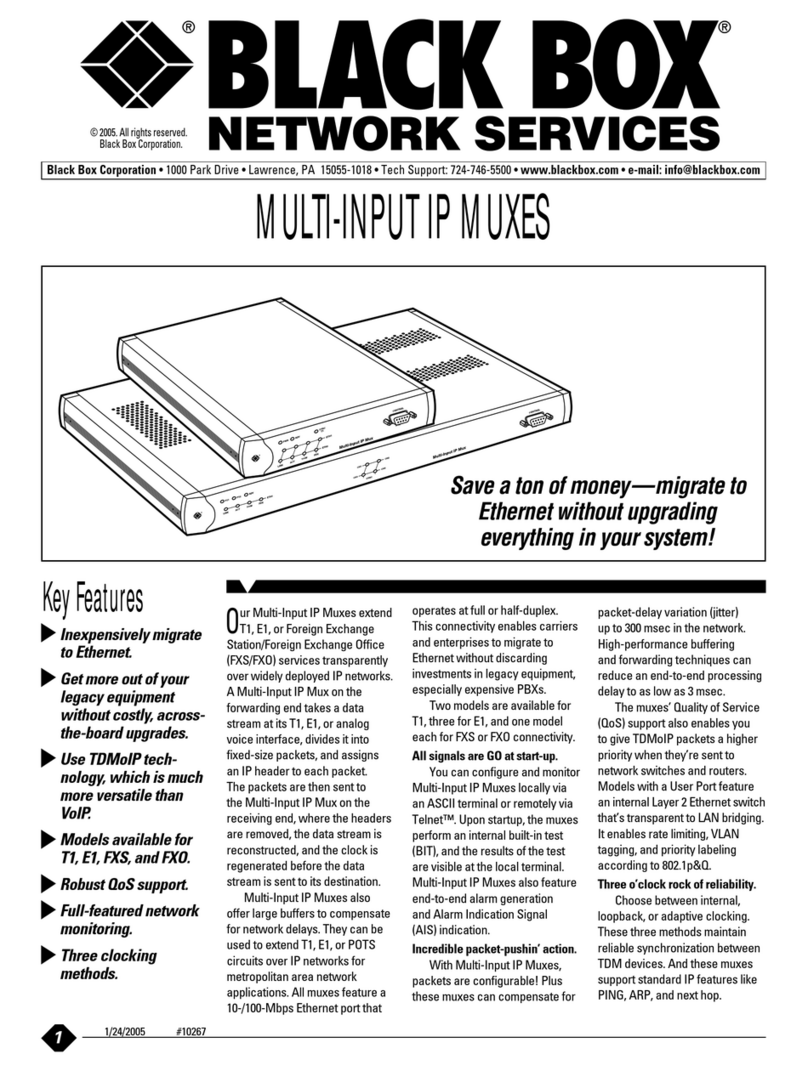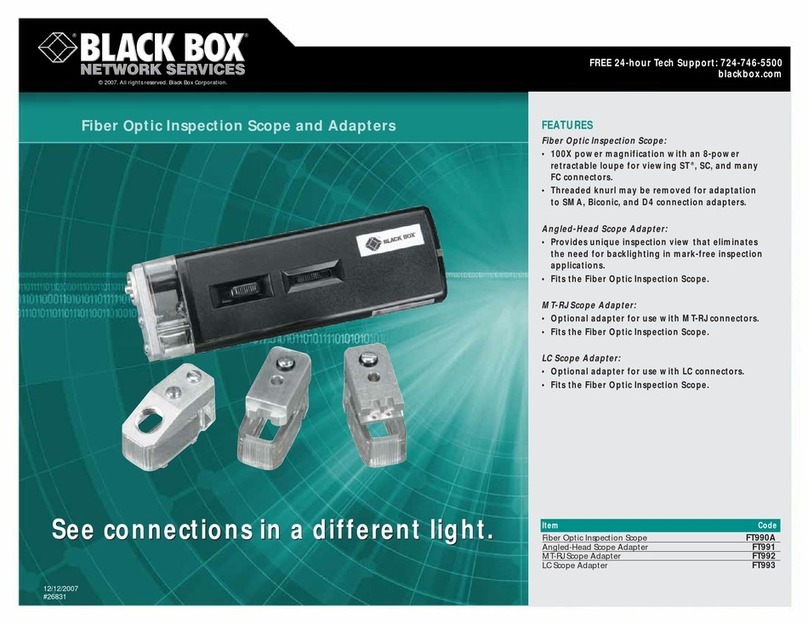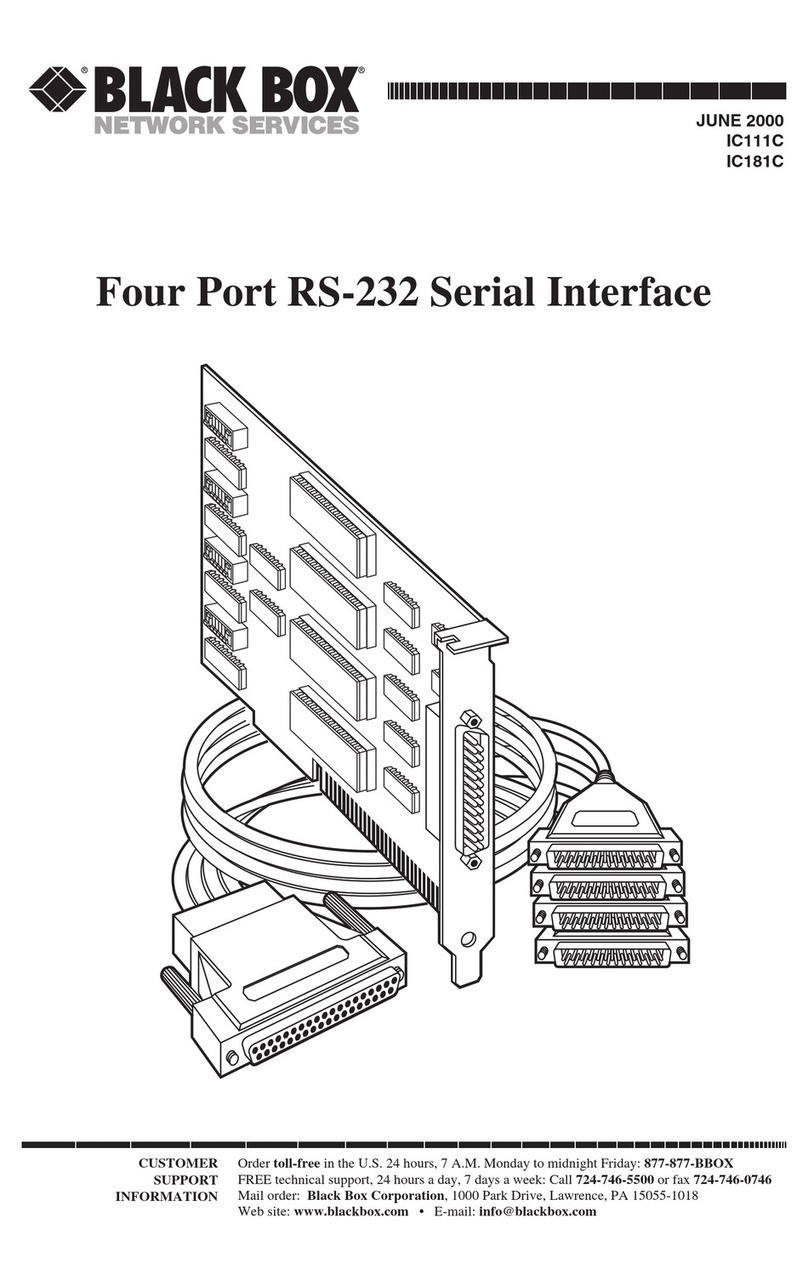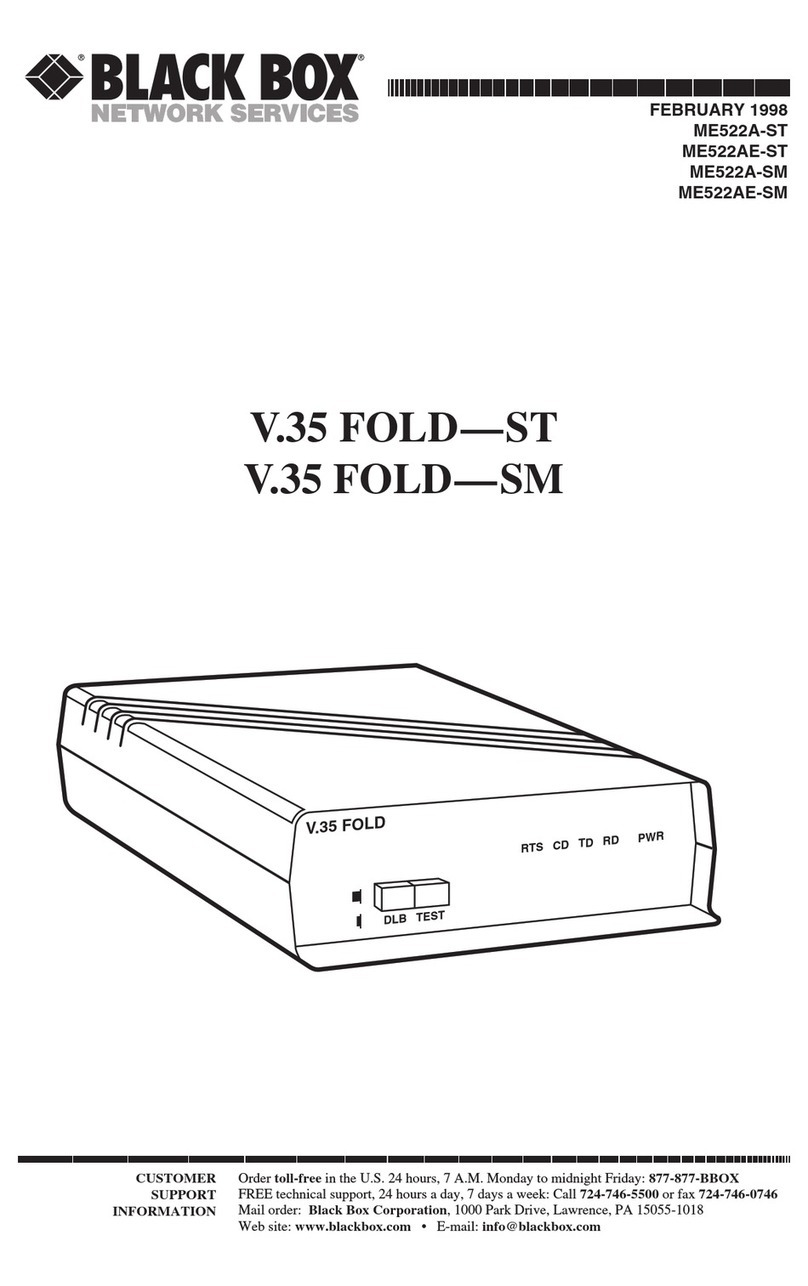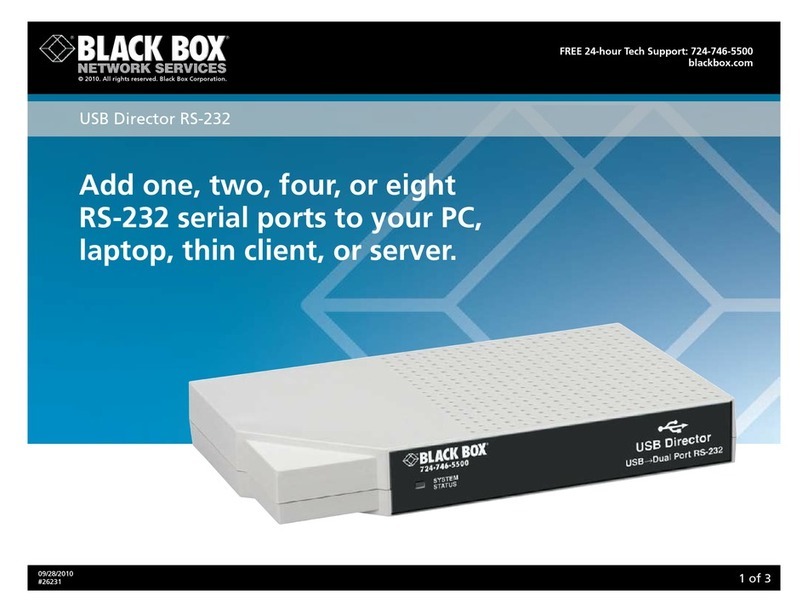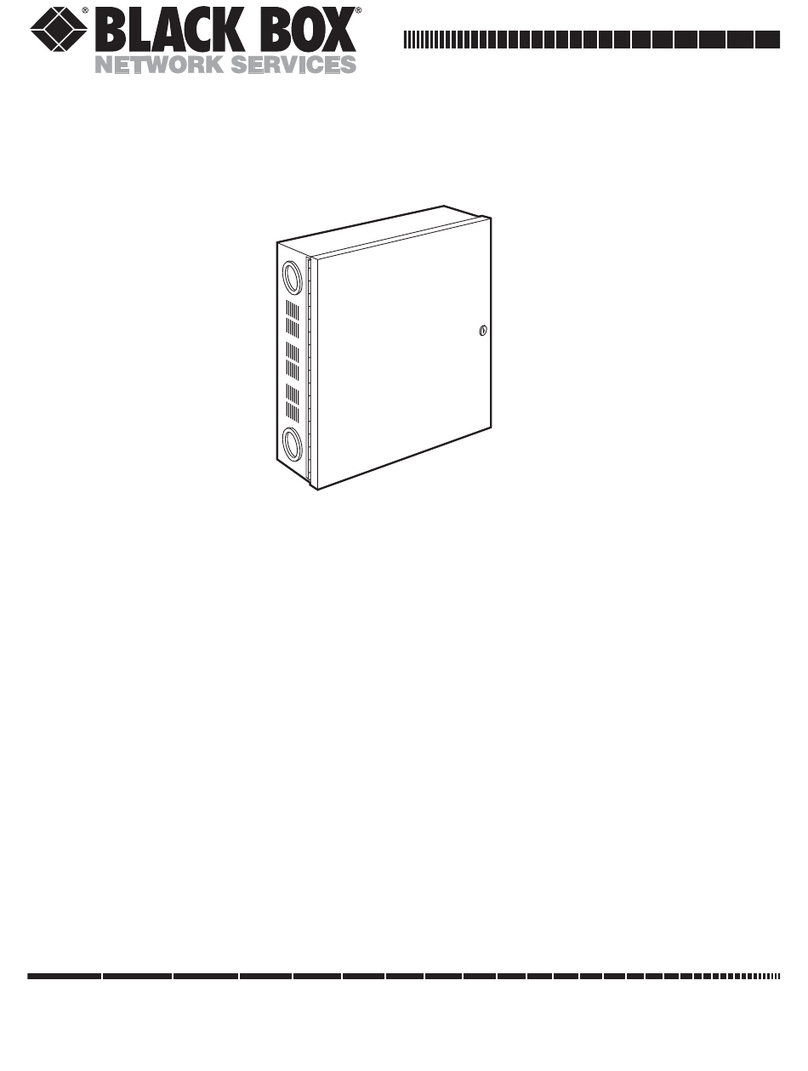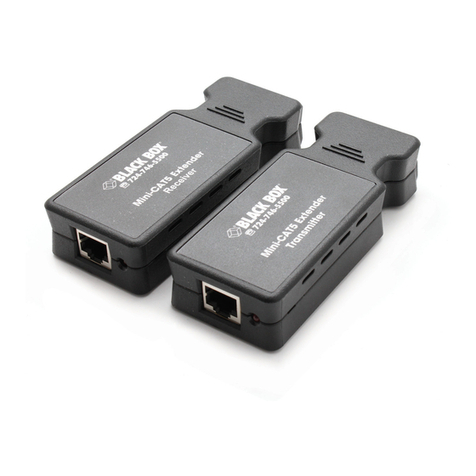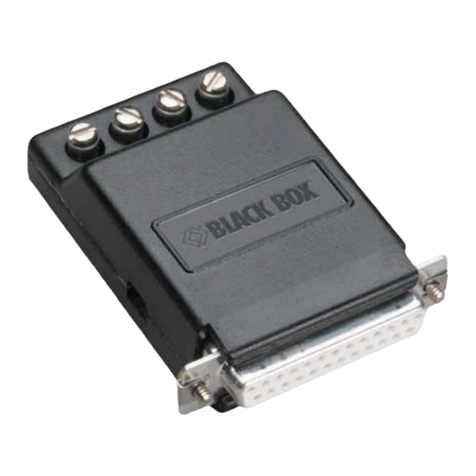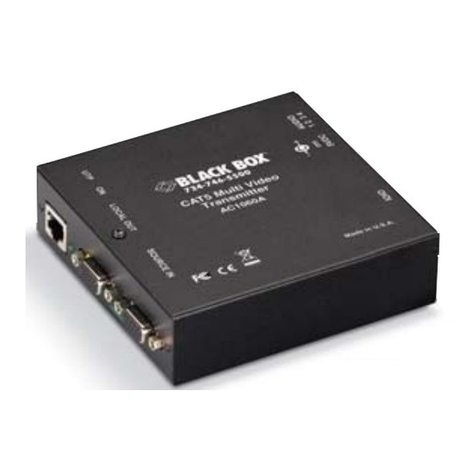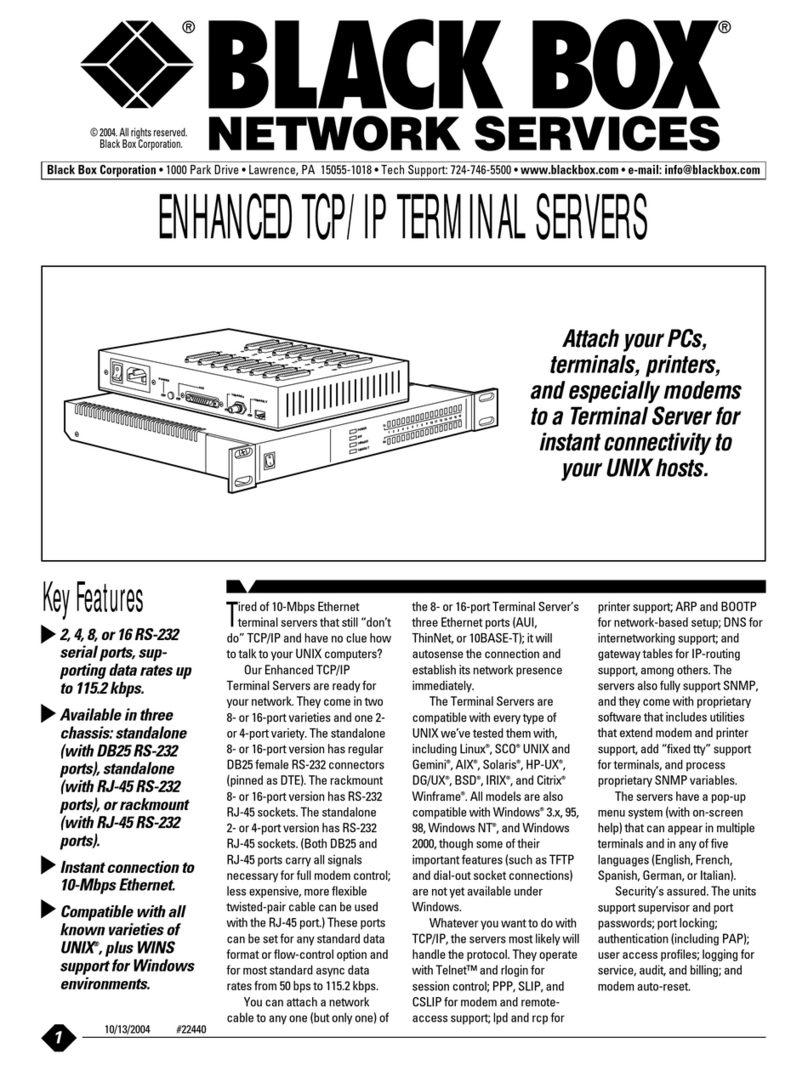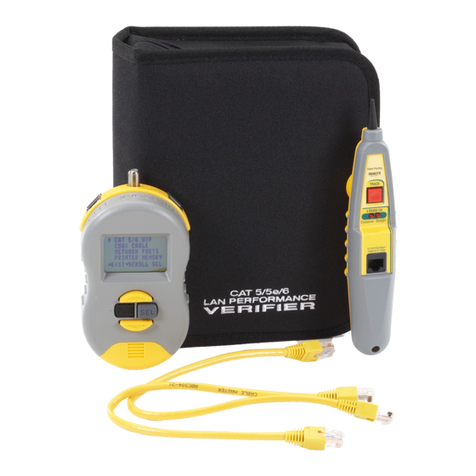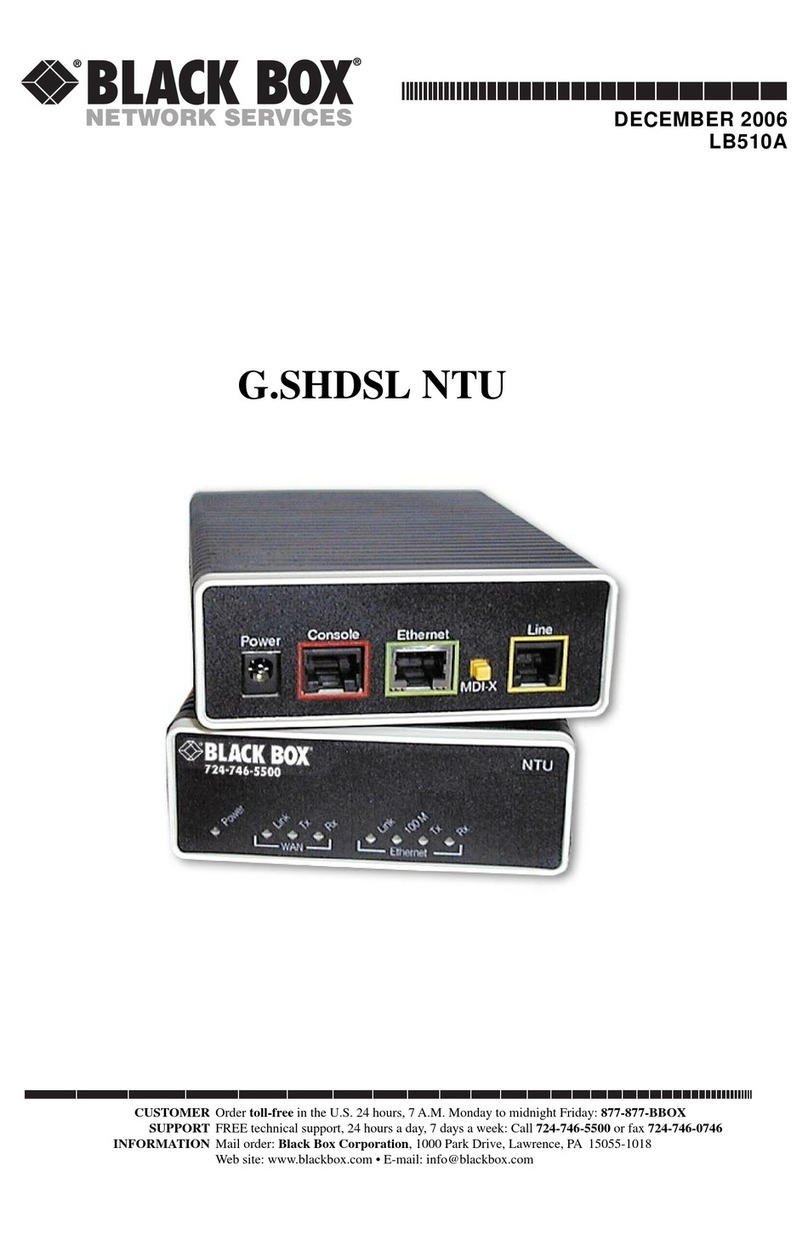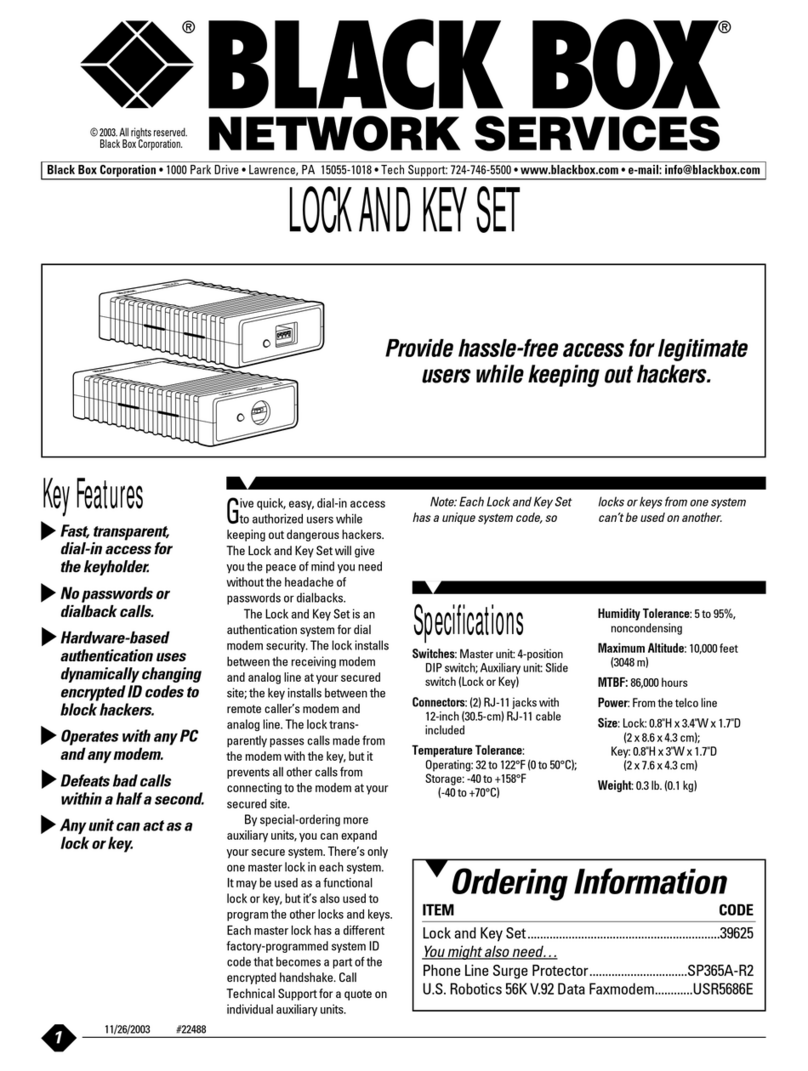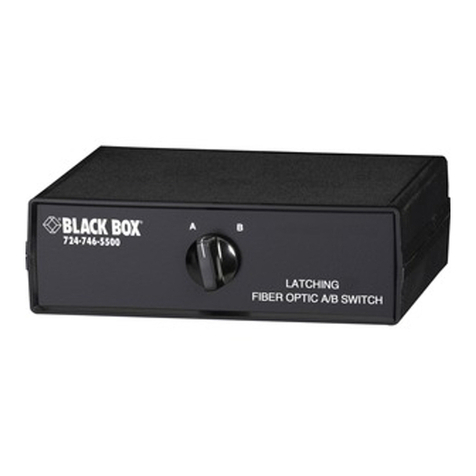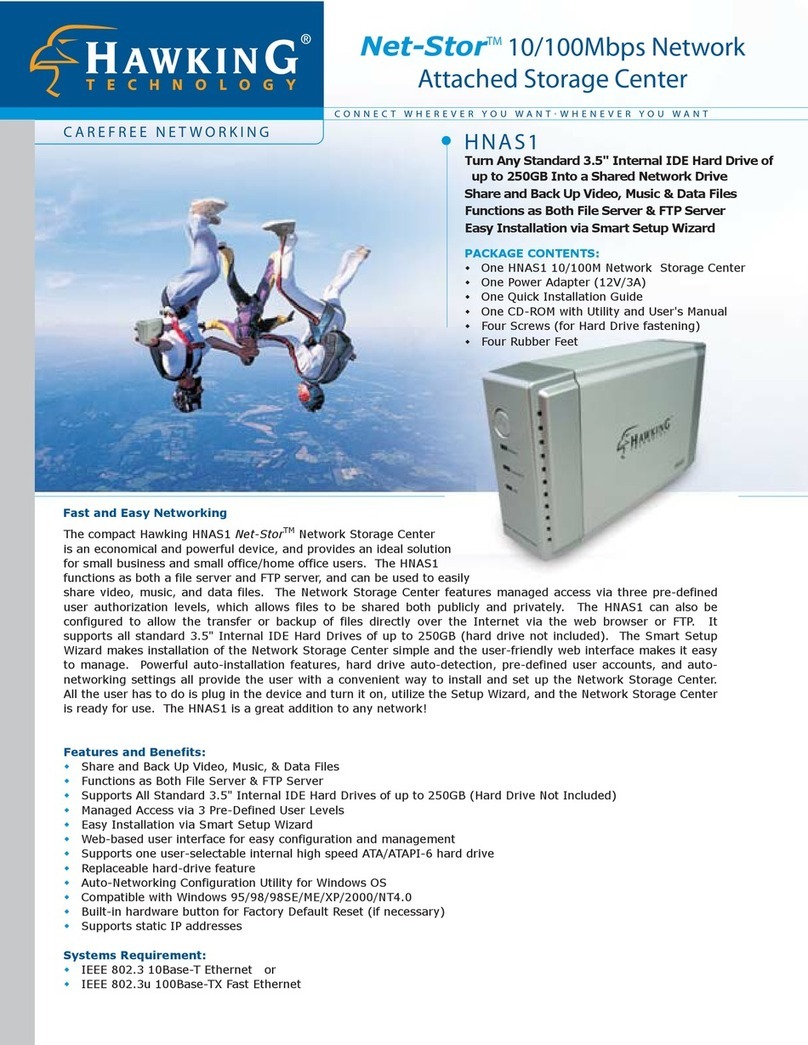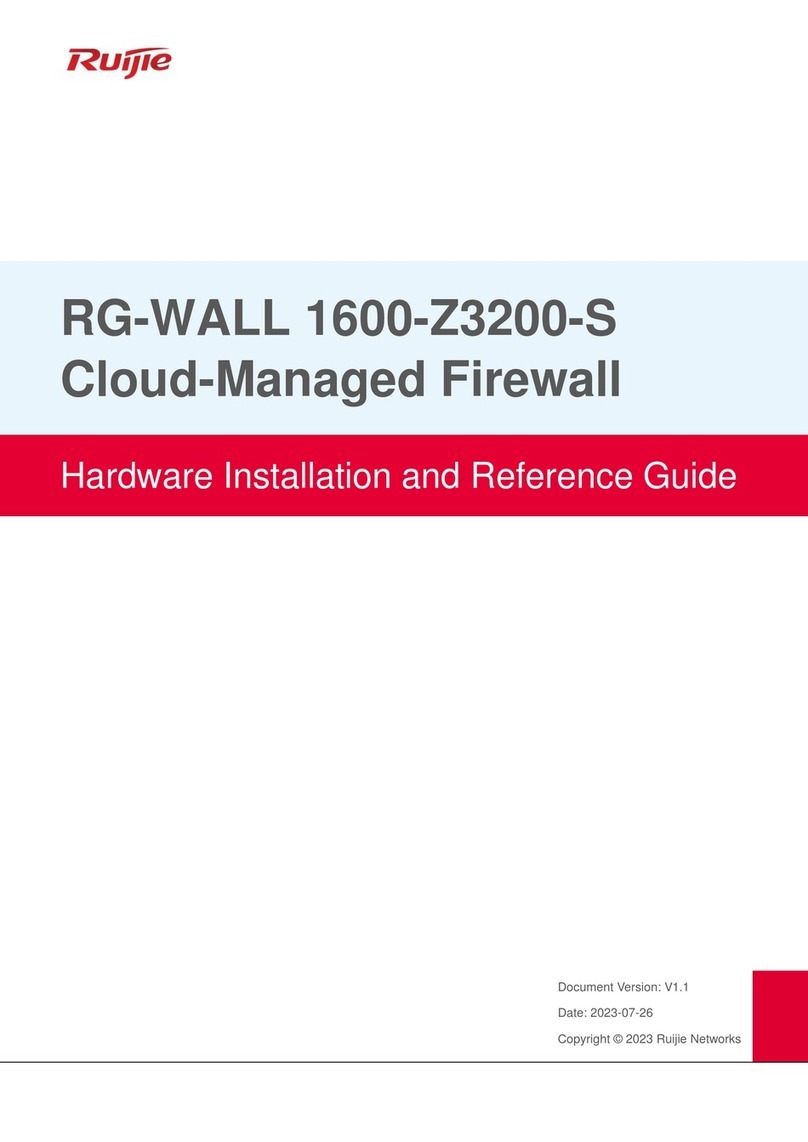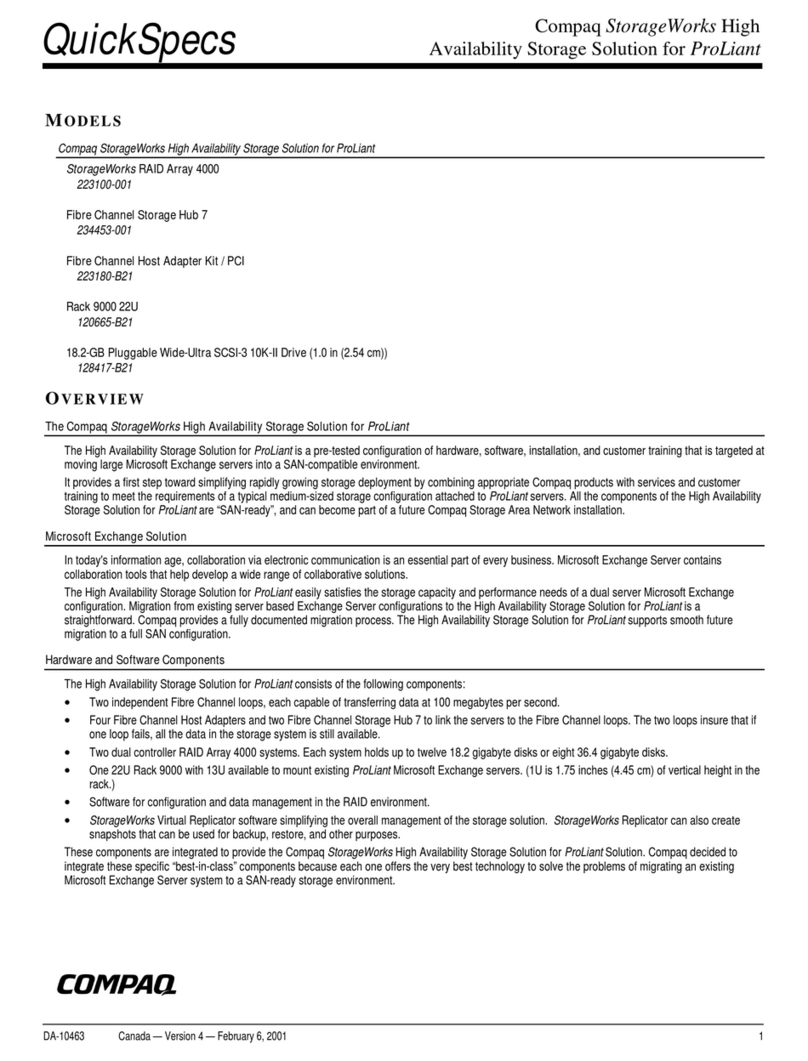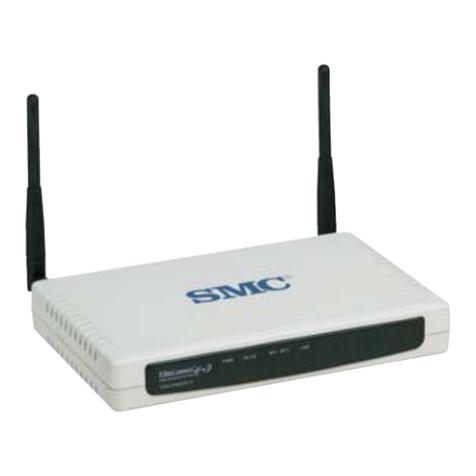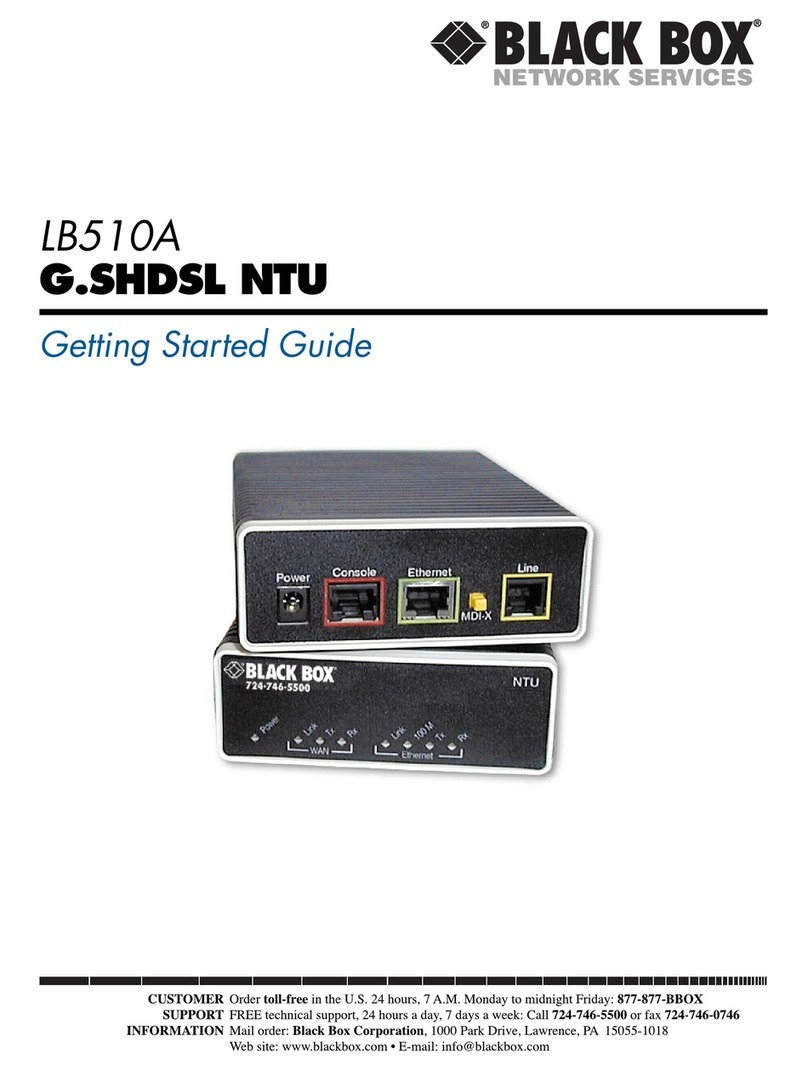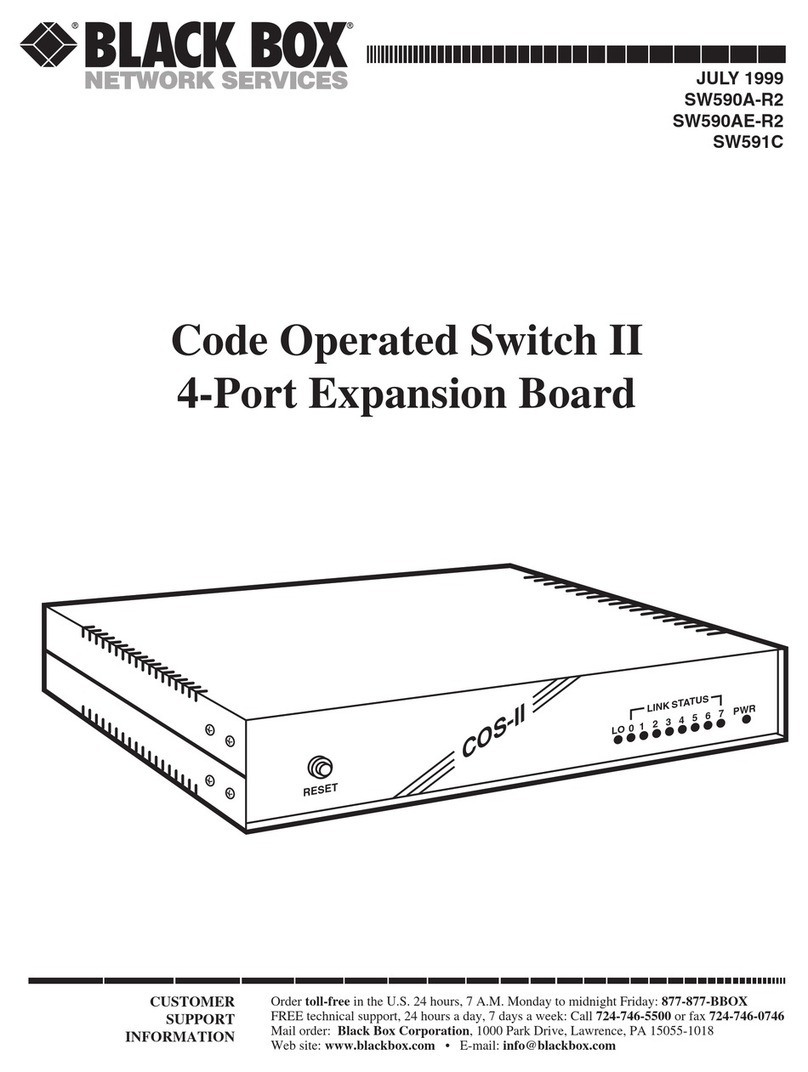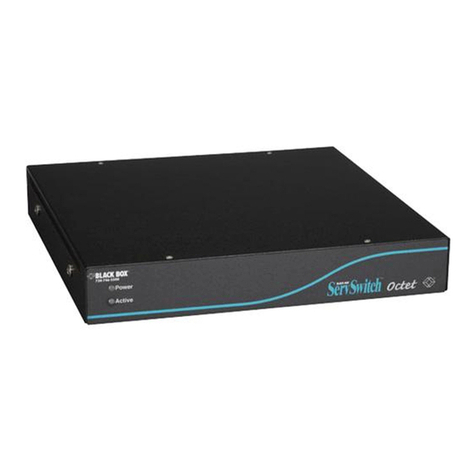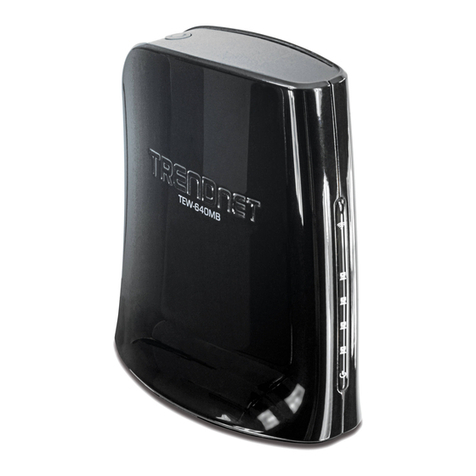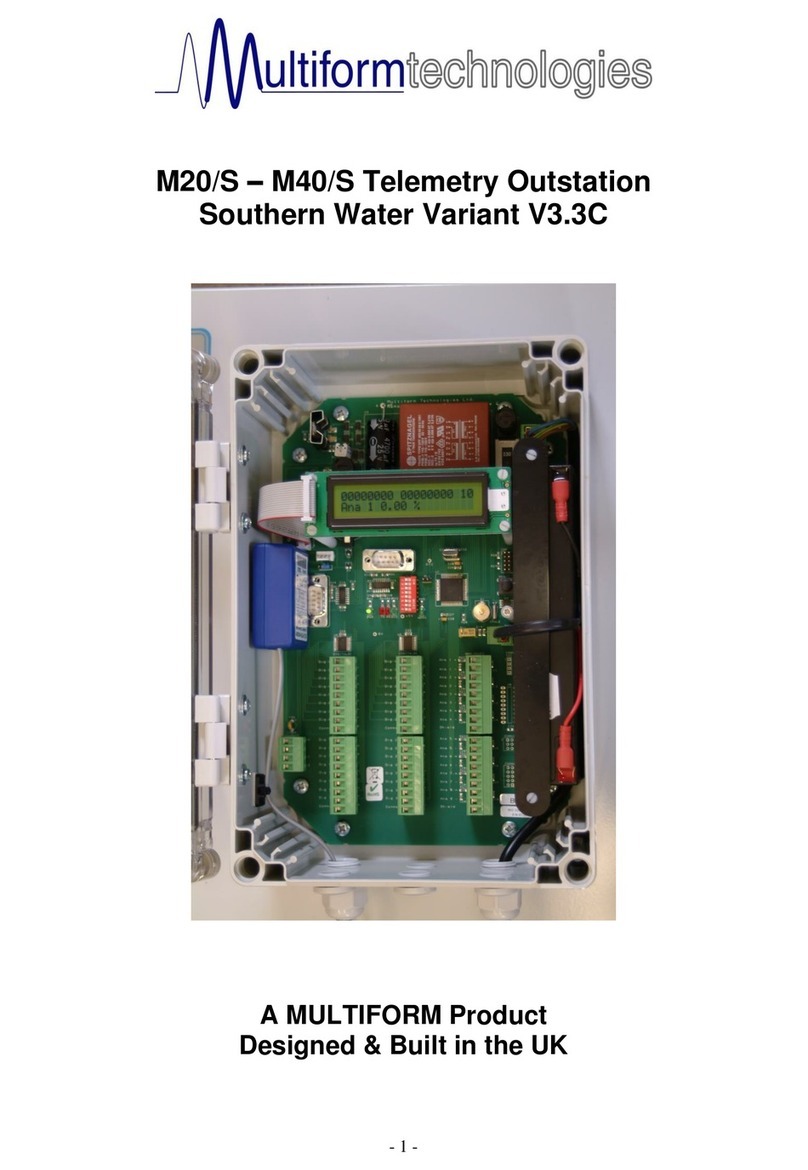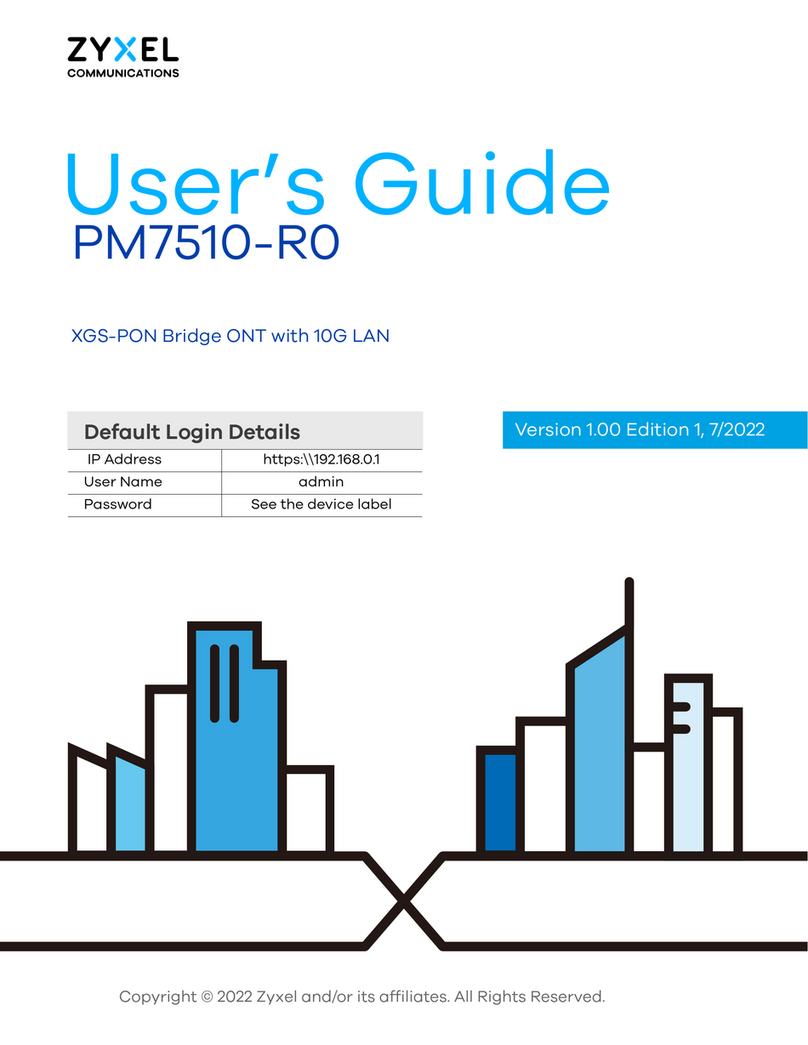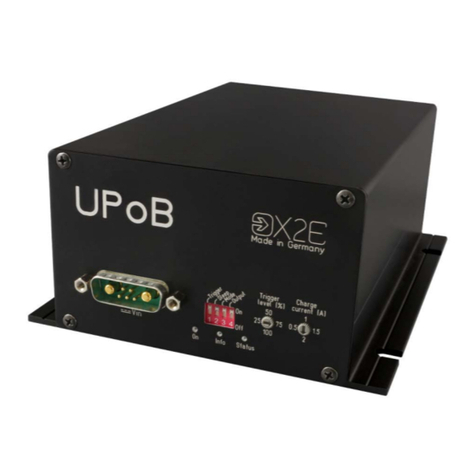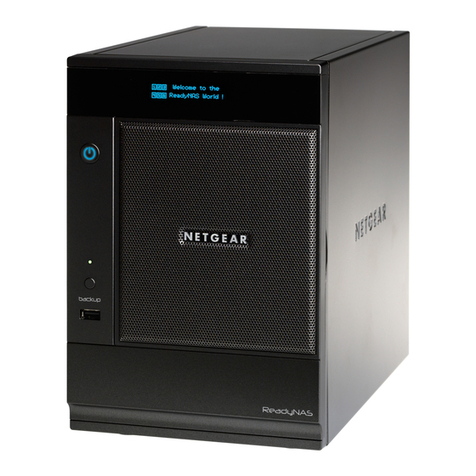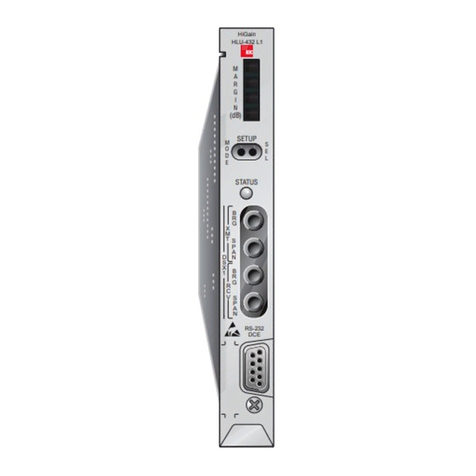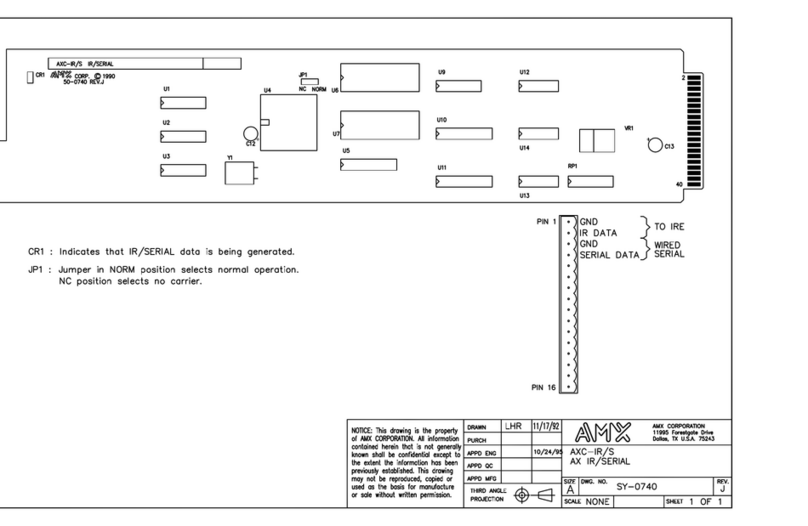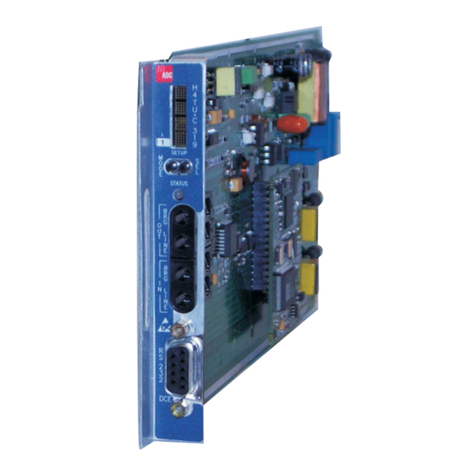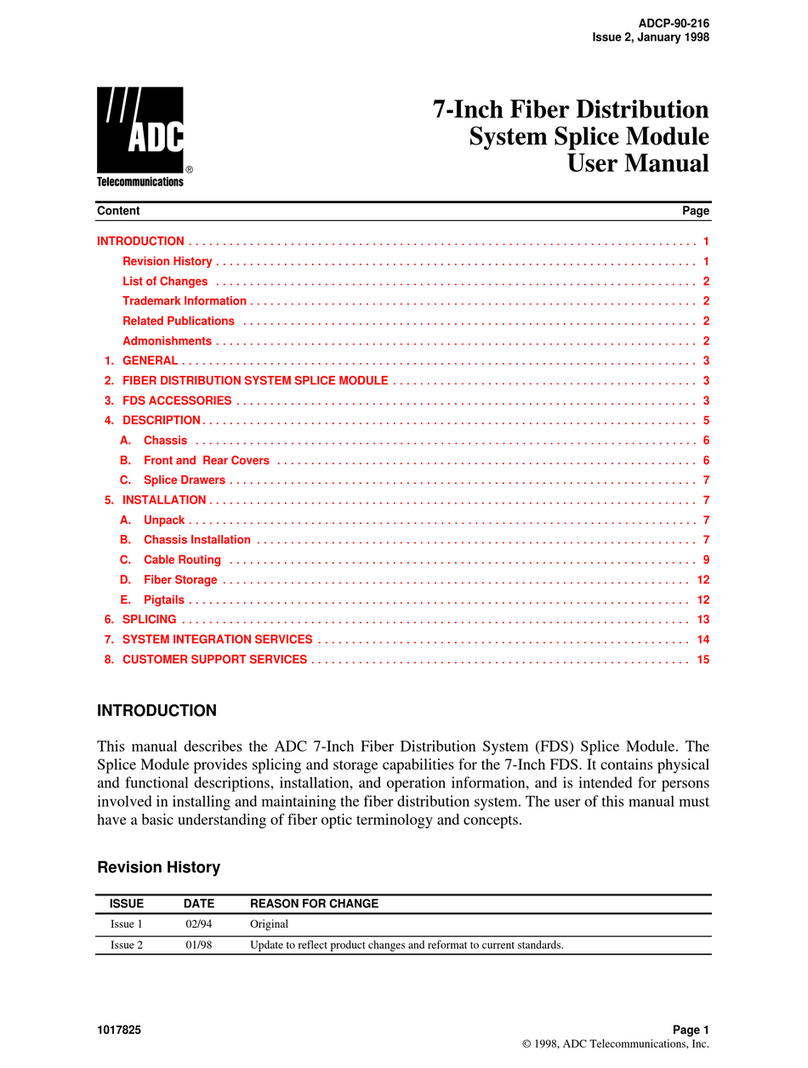FEATURES
• Any-to-any port switching.
• Available with 7, 8, or 16 RS-232 ports.
• Access each port individually by port
number or by assigned name.
• Password protection on each port.
• Data throughput up to 115 kbps.
• Use with external modems or order
a switch that has the modem built in.
• Full modem and data flow control.
OVERVIEW
For reliable high-speed connections between PCs, modems,
and other devices that use dissimilar baud rates, parity, and
handshaking, order the Serial Console Port Manager.
Depending on the model you order, up to 8 or 16 different
devices can be connected to the Serial Console Port Manager
without the need to select a common baud rate
or parity. This flexibility means each port can be individually
configured for specific baud rates, parity, handshaking, and
various other parameters and options. Its fast 115.2-kbps
throughput makes the port manager a great serial data
matrix switch for high-speed communications applications.
You’re also given flexibility in how you control the Serial
Console Port Manager; it can be controlled directly via an
attached local PC or remotely through a modem. A network
administrator, for instance, needs only a single line with a
single modem to communicate with numerous hardware
devices at a remote site. As long as the remote device has an
RS-232 port, it can be reached. And no software is required!
You can use the Serial Console Port Manager a number of
ways. You can perform local or remote console port switching,
manage a UNIX
®
serial console, establish dial-up access to
consoles at remote locations, set up out-of-band network
management, or share multiple console ports via a single
VT100
™
terminal or PC.
Available with or without a modem.
The compact Serial Console Port Manager takes only one
unit (1.75", 4.4 cm) of vertical rack space and is available in
three versions. We offer 8- and 16-Port Serial Console Port
Managers (SW542A and SW543A) and an 8-Port Serial Console
Port Manager with Integral Modem (SW544A-M-R3).
The SW544A-M-R3, as its name implies, has a built-in
33.6-kbps V.34 modem and an internal processor that ensures
that the internal modem is always set to answer. Just use a
standard RJ-11 cable to connect your telco outlet to the RJ-11
modem line port on its back panel, and you’re ready to set up
easy, convenient out-of-band access control and configuration
of the Serial Console Port Manager. This model also has security
enhancements including dial-back security and invalid attempt
lockdown. (NOTE: The SW544A-M-R3 is for North American use
only.)
The other two models are designed to work with external
modems. Just plug the modem into any of its serial ports.
The RS-232 serial ports on all three models are standard
DB9 connectors that work as DTE ports, just like a standard
serial port on a PC. These jacks provide quick, easy connection
to PCs, modems, and other networking hardware. To connect
a device to the Serial Console Port Manager, run a DB9 cable
between the two.
Easy to configure, manage, and monitor.
The Serial Console Port Manager can be easily adapted
to the requirements of almost any data communications
application, and configuring it is easy. Menus guide you
through selecting communications parameters and enabling
or disabling options; use rear-panel DIP switches to configure
the RS-232 ports.
By default, the Serial Console Port Manager ships with port
baud and parity configured to allow its operation in most
applications, but you can reset them to match the parameters
of your control device.
You can also configure the way ports communicate with
one another. The Serial Console Port Manager offers several
modes of operation for doing this:
Port 1: System-setup port,
reserved for service
connections
Port 2: System-
setup port
16-Port Serial Console Port
Manager (SW543A)
Server, router, tape or
CD-ROM archive, etc.
Remote user
Remote
administrator
Service tech’s
laptop
Modems
Modems
PSTN
PSTN
Port 4:
User port
In this application, a serial connection to a major data source is maintained at all times.
Remote management is done through Port 2, remote use through Port 3, local
troubleshooting through Port 1, and all remaining ports are available for local use.
